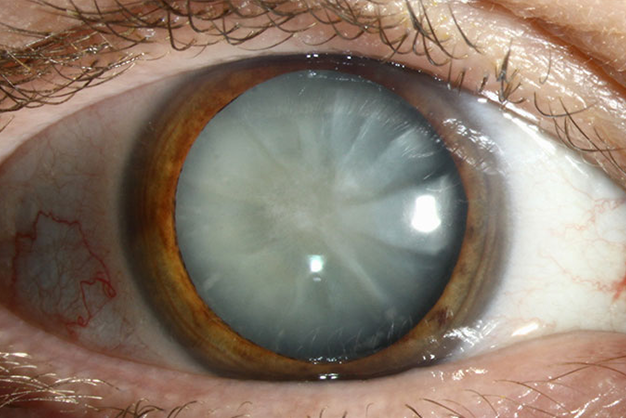
Ophthalmology
Understanding Ophthalmology: A Comprehensive Overview of Eye Health
February 2024

Corneal refractive surgery has evolved significantly over the years, offering a spectrum of procedures beyond the well-known LASIK. These surgical interventions aim to correct refractive errors and reduce dependency on glasses or contact lenses. In this article, we will explore the advancements in corneal refractive surgery, going beyond LASIK to provide individuals with a variety of options for achieving clear and unaided vision.
LASIK Revisited: A Cornerstone of Corneal Refractive Surgery :
Before delving into alternative procedures, let's briefly revisit LASIK, the cornerstone of corneal refractive surgery. LASIK, or Laser-Assisted In Situ Keratomileusis, involves reshaping the cornea using a laser to correct nearsightedness, farsightedness, and astigmatism. It remains one of the most popular and effective options for vision correction.
PRK (Photorefractive Keratectomy): An Alternative Approach :
Photorefractive Keratectomy, or PRK, is an alternative to LASIK that also reshapes the cornea to correct refractive errors. Unlike LASIK, PRK involves removing the corneal epithelium entirely before laser treatment. While the recovery period is slightly longer compared to LASIK, PRK may be suitable for individuals with thinner corneas or those prone to dry eyes.
SMILE (Small Incision Lenticule Extraction): Minimally Invasive and Flapless :
SMILE is a cutting-edge corneal refractive surgery technique that stands out for its minimally invasive and flapless nature. During SMILE, a laser creates a small incision to extract a tiny lenticule from the cornea, reshaping it to correct refractive errors. This procedure offers the advantages of quick recovery and reduced risk of dry eyes.
LASEK (Laser Epithelial Keratomileusis): A Blend of LASIK and PRK :
LASEK combines elements of both LASIK and PRK. Similar to LASIK, a flap is created on the cornea, but instead of using a laser to reshape the corneal tissue directly, the flap is lifted, and the laser treatment is applied to the corneal surface. LASEK may be recommended for individuals with thinner corneas or those ineligible for traditional LASIK.
Phakic Intraocular Lenses (IOLs): An Implantable Option :
Phakic IOLs are implantable lenses that are inserted into the eye without removing the natural lens. This procedure is suitable for individuals with high refractive errors who may not be ideal candidates for corneal surgeries like LASIK or PRK. Phakic IOLs can effectively correct nearsightedness, farsightedness, and astigmatism.
Refractive Lens Exchange (RLE): A Surgical Solution for Presbyopia :
Refractive Lens Exchange, or RLE, involves replacing the eye's natural lens with an artificial intraocular lens (IOL) to correct refractive errors. This procedure is particularly beneficial for individuals dealing with presbyopia, a condition that affects near vision as people age.
Corneal refractive surgery has evolved into a diverse field, offering a range of procedures tailored to individual needs and circumstances. Beyond LASIK, alternatives such as PRK, SMILE, LASEK, Phakic IOLs, and RLE provide patients with options to achieve clearer vision and reduce dependence on glasses or contact lenses. If you're considering corneal refractive surgery, consult with an experienced eye care professional to determine the most suitable approach for your unique visual needs. The world of clear and unaided vision is vast, and modern corneal refractive surgery has opened up new avenues for individuals seeking visual freedom.

Ophthalmology
February 2024